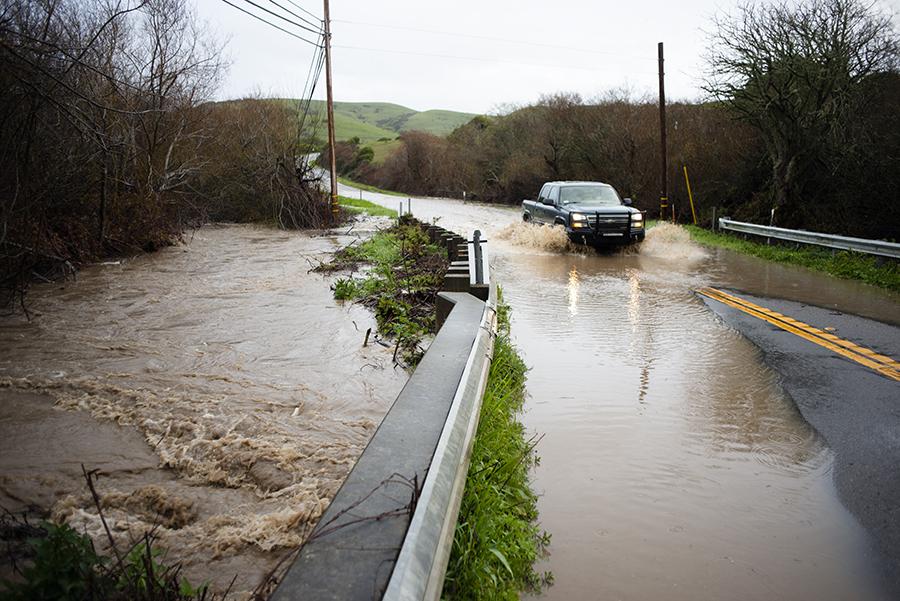Is California, the state with the greatest year-to-year rainfall variability, prepared for the rain and snow when it comes? A team of . . .
New storm rating system aims to sharpen California forecasts


Is California, the state with the greatest year-to-year rainfall variability, prepared for the rain and snow when it comes? A team of . . .